2-1-2/Detroit Cover 2 D Zone Coverage
OVERVIEW
This d-zone coverage, used by many college and professional teams like the Detroit Redwings, is a very aggressive coverage. Much like the 4+1, though, it relies heavily on rotation and passing lane angles. Unlike the 4+1, though, there is less constant presence on the points. This system succeeds when players are able to move quickly to cover space and attack to contain versus more zone pressure containment, resulting in turnovers and quick-up breakouts.
SET UP
From the outset, the set-up is very similar to the 4+1 in that you will have 2 D low, a forward in the middle-ish, and two forwards more high. As the play moves, though, the 2-1-2 may become less obvious.
When the puck goes into the corner, a D and a strong side forward will pressure (just like the 2-1-2 forecheck – 1 attack, one support). the second strong side forward covers high passing lane to the point, being somewhere near the top of the circles. This way, they can “hack down” to the slot to help out and are ready when the puck moves up the boards. The weak side forward covers slot (depth dependent on players in slot).
As the puck moves up the board, the D will release to home, the strong side wing will continue to attack, and the second higher strong side forward will support. The weak side forward will continue to help cover slot, while keeping an eye on the points to “step out” and attack a swing pass.
Plays at the point are almost identical to the 4+1, as the more dangerous players may be crowding home. When the puck goes to the point, the high strong side forward attacks to block, the second strong side forward takes a neutral zone, looking for players in the slot, while the weak side forward pushes up higher to cover the swing. In this situation, D (and goalie) must communicate with forwards when and where they need help, then forwards must communicate to make sure we don’t end up with everyone when we only need one to help.
POINTS OF EMPHASIS
Stops, starts, rotation, and keeping your head on a swivel are key. The attack portion hinges on being aggressive. If you go in halfway and then let them make a move, it will blow up. Go or don’t go. Because there is more movement, communication is also important to make sure everyone is in their spots. If run properly, this system should make teams feel like their points are open, force more passes that aren’t really there, and create more turn overs.
POINTS OF CONCERN
The biggest point of concern is that, when you put two on the puck, you can open more space for the opponent. It is critical, as mentioned above, that players move quickly to attack, keep their head on a swivel to find open players, and to communicate. Those three points are usually where this system breaks down.
Please watch the below video for a basic overview of where to be when. Please note, the player labels have remained the same simply for animation ease. Your first attacking forward is always F1, support forward is F2, and weakside/slot forward is F3.
